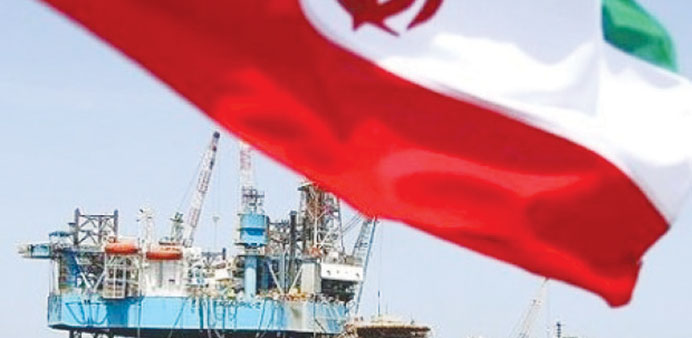Iran’s economy should emerge from a recession caused by international sanctions over its disputed nuclear programme, but not until 2014, a year later than previously forecast, according to the IMF.
The sanctions have hurt trade and largely frozen Iran out of the international banking system since late 2011; analysts believe the country’s oil exports have been roughly halved.
But the International Monetary Fund said Iran was avoiding any balance of payments crisis, in a report suggesting sanctions remain far from having the “crippling” effect on the Iranian economy that US leaders have said they intend.
Iran has restricted access to sensitive economic data during the nuclear crisis so analysis from the IMF, which has remained in touch with authorities in Tehran, may be among the most accurate available indications of the state of its economy.
The country’s gross domestic product is forecast to shrink 1.3% this year after contracting 1.9% last year, the IMF estimated in a report forming part of its half-yearly analysis of the world economy.
That was a downgrade from the IMF’s last report in October, when it estimated Iran’s GDP would shrink only 0.9% in 2012 and grow 0.8% in 2013.
The latest IMF report was prepared before Tuesday’s major earthquake that struck Iran near the border with Pakistan.
The international body forecast unemployment in Iran would rise to 13.4% this year and 14.7% in 2014 from 12.5% in 2012.
But the IMF also predicted GDP would resume expanding in 2014, at a pace of 1.1%. This suggests the economy will be able to find domestic sources of demand to at least partly compensate for its damaged export industries.
The sanctions have thrown tens of thousands of people out of work and cut living standards over the past year, but the nearly $500bn economy is large and diverse enough to continue functioning in many areas, businessmen operating in Iran say.
The IMF also estimated Iran was continuing to run external surpluses; the current account surplus, which covers trade in goods and services, was forecast at 3.6% of GDP in 2013 and 1.9% in 2014, after 4.9% last year.
If these figures are accurate, they suggest the sanctions are failing to push the country’s foreign reserves down to dangerously low levels. Many of the sanctions have targeted Iran’s balance of payments as a vulnerable area of its economy.
Iran has continued much of its trade through barter deals and a web of front companies. It has also imposed capital controls while a plunge of its currency, which lost about two-thirds of its value against the US dollar in the free market over 15 months, seems to have helped its balance of payments by deterring some non-essential imports.

